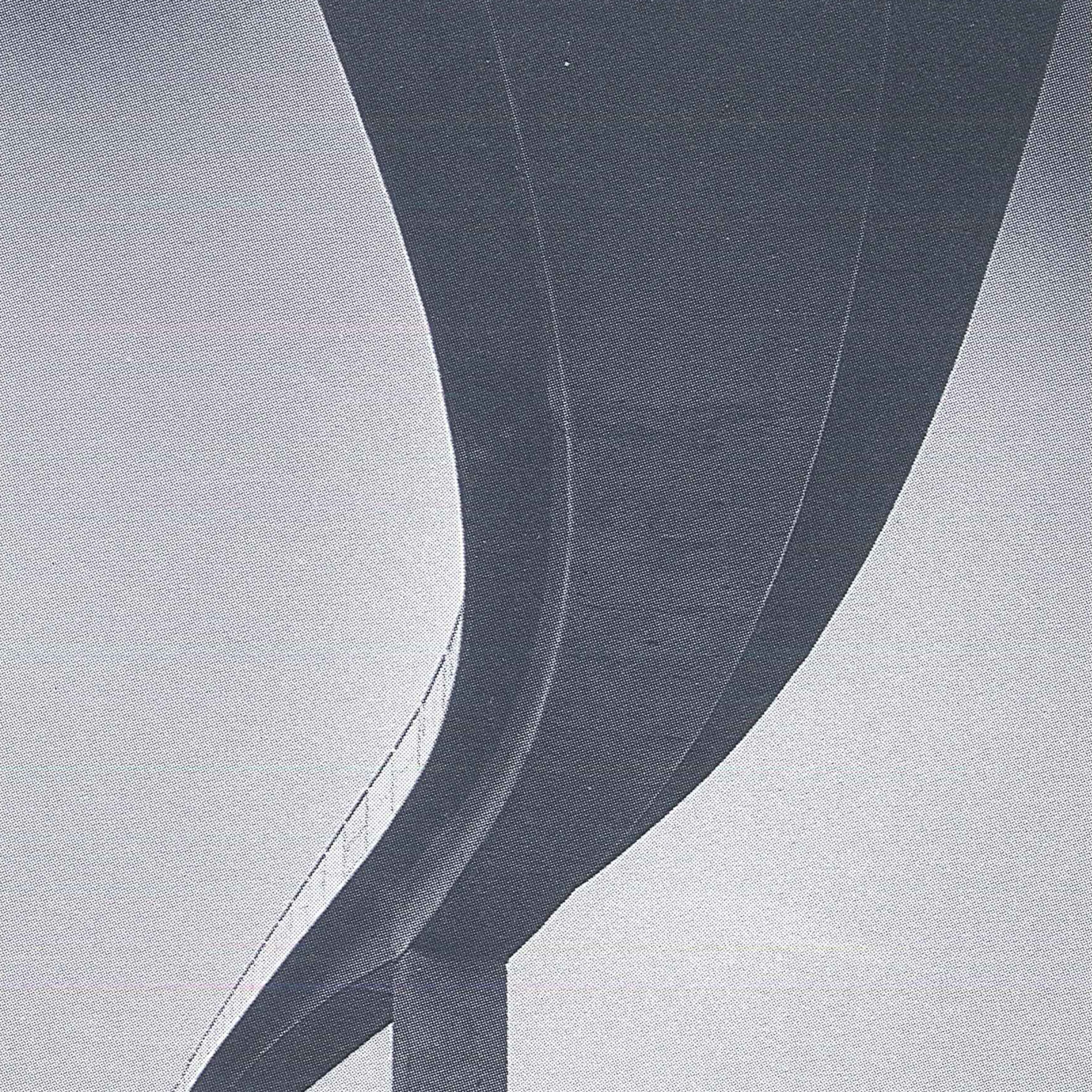ALFRED A. YEE
Perspective: Architecture Design
DAVID ROCKWOOD
David Rockwood is a professor in the School of Architecture at the University of Hawaiʻi at Mānoa and the author of Bamboo Gridshells. His research focuses on building materials, methods, structural systems, and urban transport.
Here’s to the crazy ones, the misfits, the rebels, the troublemakers, the round pegs in the square holes… The ones who see things differently – they’re not fond of rules. You can quote them, disagree with them, glorify or villify them, but the one thing you can’t do is ignore them, because they change things… Because the ones who are crazy enough to think they can change the world are the ones who do. Think different.
– Steve Jobs
– Steve Jobs
I first visited Hawaiʻi in 2002. As I traveled along H1 from the airport I was startled to see a concrete pedestrian bridge spanning overhead. It was impossibly thin in profile, so elegant in its proportions, pared down to its essential being. It called to mind Arthur C. Clark’s famous line, “Any sufficiently advanced technology is indistinguishable from magic.” Indeed, this humble bridge evoked magic for me. I didn’t know of Alfred Yee at the time, certainly not that he had designed this bridge. I only knew that whoever had created this work was a true master of the art and science of engineering.

I’ve always been drawn to buildings and structures that reveal their essence. By drawing from a deep understanding of physical laws, great architects and engineers create forms that aspire to the beauty and utility of nature. This is done not through a simplistic replication of their outer forms, but through an understanding of the relationship of what Aristotle termed the Four Causes, i.e., material, form, process, and final use. There are a number of people in modern times that have understood these relationships, to name a few: Frei Otto, Felix Candela, Peter Rice, Santiago Calatrava, Renzo Piano, Luis I. Kahn, Pier Luigi Nervi, and certainly Alfred A. Yee.
Many contemporary buildings attempt to attract attention through novel forms and sleek decorative skins. They hide the true nature of their structure, materiality, and systems. They give no indication of how they came into being. These are mere flashy ornaments, soulless, subject to the vicissitudes of fashion. In this context Yee’s work is a breath of fresh air. He was able to intuit and calculate forces with high precision. Importantly, he was not limited to theory but was able to build buildings and structures in the sense of a Master Builder—a term used for those medieval guilds that built the great cathedrals of Europe. This was due to his deep understanding of the properties of materials and the process of construction. He sought the best solution for the unique conditions of each project. His buildings and structures were living things. As such, he was not satisfied with status quo solutions and was driven to innovate. To push boundaries is to risk. Dr. Yee helped to change the world.
Many contemporary buildings attempt to attract attention through novel forms and sleek decorative skins. They hide the true nature of their structure, materiality, and systems. They give no indication of how they came into being. These are mere flashy ornaments, soulless, subject to the vicissitudes of fashion. In this context Yee’s work is a breath of fresh air. He was able to intuit and calculate forces with high precision. Importantly, he was not limited to theory but was able to build buildings and structures in the sense of a Master Builder—a term used for those medieval guilds that built the great cathedrals of Europe. This was due to his deep understanding of the properties of materials and the process of construction. He sought the best solution for the unique conditions of each project. His buildings and structures were living things. As such, he was not satisfied with status quo solutions and was driven to innovate. To push boundaries is to risk. Dr. Yee helped to change the world.